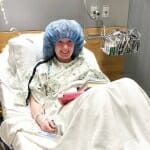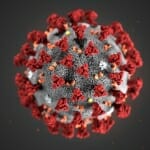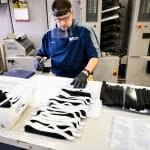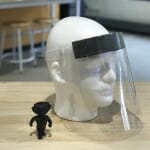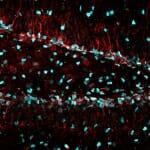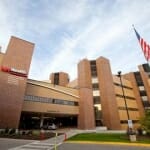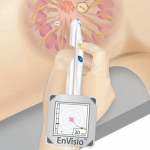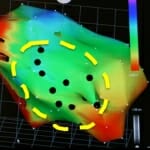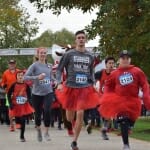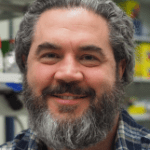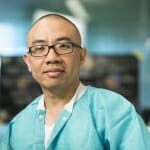Tag Health & medicine
The perfect match: UW alum donates bone marrow to blood cancer patient
Kelsey Rahe’s act of heroism has even received national recognition. She was featured on ABC’s World News Tonight — a show hosted by David Muir, who was also the UW commencement speaker when Rahe graduated in 2018.
Report finds regional health, economic factors are key to reopening Wisconsin economy
“Policymakers will need to balance the health risks of relaxing social distancing guidelines with the economic costs of maintaining the restrictions,” says Professor Noah Williams. “We provide metrics to help inform decisions on those tradeoffs."
UW–Madison researchers tracking travel, social media to help contain virus
New data shows that Wisconsinites traveled more during Tuesday’s election than they did on the days leading up to the statewide vote, according to University of Wisconsin–Madison researchers who are tracking the mobility of Americans increasingly urged to stay still.
UW–Madison publishing and printing team makes face shields to protect UW Hospital workers
“It’s literally like Santa’s workshop – everybody’s playing a part to get this done … We’re in this doom and gloom time, and this is a way they can help at a time when many feel hopeless."
UW–Madison engineers, local manufacturers race pandemic to protect healthcare workers
The group has built prototypes and launched a website where it's encouraging healthcare facilities, manufacturers and donors to fill out an intake form to help assess need and build more connections while production capacity is rapidly expanded.
Taking survey can help thwart COVID-19, spread Wisconsin Idea
Based on your responses, a UW–Madison team will design a social media campaign to successfully encourage healthy behavior.
Newly identified cellular trash removal program helps create new neurons
New research by University of Wisconsin–Madison scientists reveals how a cellular filament helps neural stem cells clear damaged and clumped proteins, an important step in eventually producing new neurons.
Cells carrying Parkinson’s mutation could lead to new model for studying disease
The edited cells are a step toward studying the degenerative neurological disorder in a primate model, which has proven elusive.
Invention is an insulin innovation
A University of Wisconsin–Madison alumnus is now selling a patented device to help people with diabetes safely and easily inject insulin with just one hand.
Access to Medicare increases cancer detection, reduces cancer mortality rate
Access to Medicare significantly affects detection of certain cancers and life expectancy following cancer diagnosis, according to a new study from the UW School of Medicine and Public Health.
75 years later, UW–Madison inventors aim to replace old-style breast-surgery marker
Under Elucent's system, a SmartClip is placed in a patient's tumor that emits a high frequency signal or “chirp” when activated, so it can guide the surgeon to the tissue that needs to be removed.
21st century medicine helps Amish deal with rare, inherited illnesses
A rural doctor has a close collaboration with specialists at the University of Wisconsin–Madison who have developed tests, and suggested treatments, for several rare genetic conditions in the Amish and Mennonites communities.
Moving beyond hype: Could one-two treatment restore damaged heart muscle?
UW-Madison researchers hope a combination of two cutting-edge approaches would use a fabric-like material to prevent “wash-out” and successfully implant cardiomyocytes to damaged hearts.
Red Tutu Trot: A fun way to raise money for cardiac health on campus
Heart disease and cardiac arrest affects both young and old populations, yet cardiac health seems to rarely be on the minds of college students. Cardiac on Campus has the goal of changing that.
“Clamp” regulates message transfer between mammal neurons
A UW researcher has described a key component of the nervous system — the brake, or “clamp,” that prevents the fusion pore from completing its formation and opening.
Stem cell scientists clear another hurdle in creating transplant arteries
Scientists at the Morgridge Institute for Research are one step closer to realizing their dream of creating artery banks with readily-available material to replace diseased arteries during surgery.
Commencement spotlight: UW grad uses brother’s injury as inspiration for research
Stefanie Henry will graduate from UW as a double major in neurobiology and French, along with an extensive background in nervous system trauma research that is inspired by her brother’s spinal cord injury.

